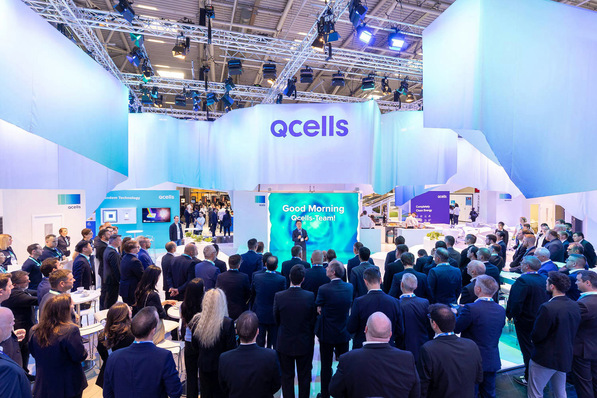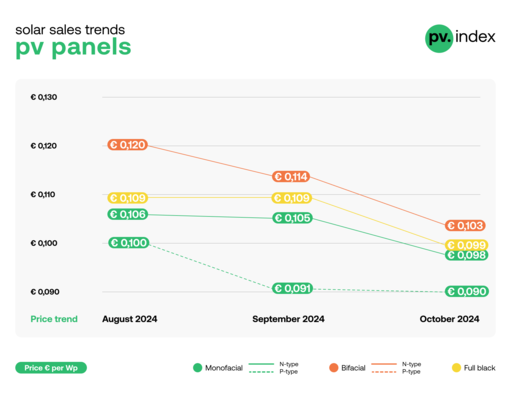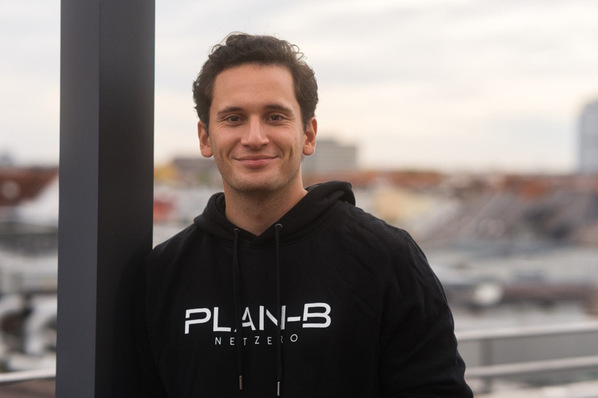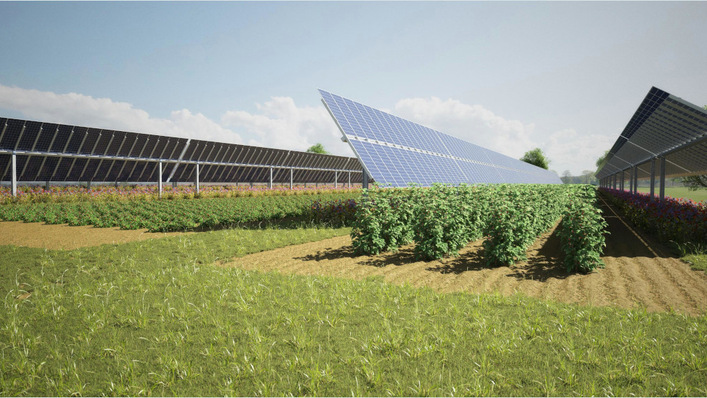When it comes to the continued operation of photovoltaic systems that come off subsidy after 20 years, the options are largely clear. Either the generator continues to feed into the grid at a tidy tariff of around four cents per kilowatt hour, or the operator switches to self-consumption of solar power from their own roof. The latter is the better option for farms. This is because by using solar power on site they save more costs than they get from the feed-in tariff.
Using electricity from large on-site systems
However, the systems on agricultural roofs are usually very large, with a correspondingly high yield. This electricity must find a buyer on the farm. Here, the Austrian manufacturer of My PV electric heating systems advocates using part of the solar electricity in the form of hot water. With a heating price of eight cents per kilowatt hour, it is more worthwhile to heat with the surplus from the photovoltaic system than to feed it into the grid.
Conversion is necessary
However, the heat supply must first be converted. To convert a grid-connected photovoltaic generator into a self-consumption system for hot water supply, a measuring transformer is necessary. This analyses the current flows and sends the information to a power controller - at My PV it is the AC Thor.
Also interesting: Using PV for thermal building component activation
This then pushes the surplus solar power that cannot find another consumer into heating rods, which in turn heat water in the heat storage tanks. The advantage: the heat storage units do not all have to be in a boiler room. Rather, the AC Thor 9s can supply up to three heating elements separately from each other. These can either heat one large hot water storage unit or heat three smaller storage units in different rooms.
Losses minimised
In this way, the farmer can generate heat where he needs it and saves losses if the hot water had to be sent through long pipes. In this way, guest rooms can also be supplied with heat completely separately from each other by installing a storage unit with a heating rod in each of the rooms, which directly uses the solar power for heating water with almost no losses. For the farmers with guest rooms, the solar-electric supply is also an advantage when it comes to renting. "Because with their tourist offers, the farms can advertise their sustainable energy supply," explains Gerhard Rimpler, Managing Director of My PV.
See also: Increasing choice of storage solutions in Austria and Switzerland
The advantage of solar-electric hot water supply is that the other heat generators - be it CHP units, pellet boilers or woodchip stoves - can be switched over to providing space heating. In summer, when a lot of solar power is available, they can then be switched off completely, which saves fuel and thus costs. Because they would then only have to run in winter. (su/mfo)







